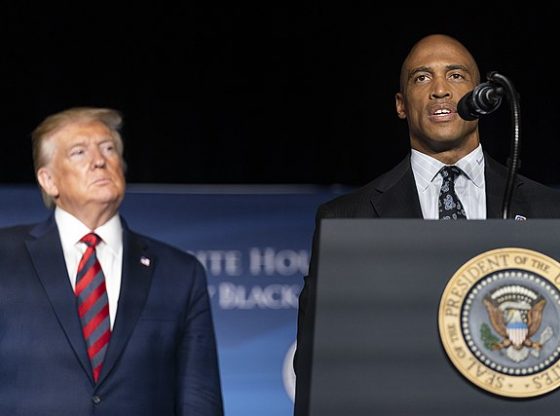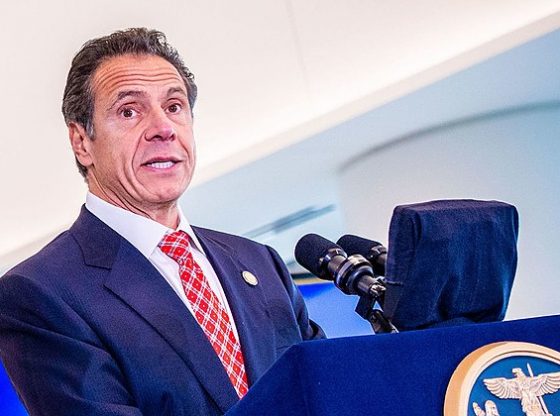The Biden administration announced on Monday new measures that could exacerbate housing shortages in the U.S., experts told the Daily Caller News Foundation.
Treasury Secretary Janet Yellen released new measures Monday that aim to increase the housing supply by expanding financing opportunities through continued subsidization in an effort to bring down costs. The U.S. continues to run a housing deficit year-over-year, driving up costs, with the latest measures adding to the list of market interventions in the housing sector under Biden that have ultimately exacerbated the problem through inflationary spending, crowding out of private investment and the encouragement of risky lending, according to experts who spoke to the DCNF.
There was a shortage of around 4 to 7 million homes as of November 2023, according to an estimate from The Pew Charitable Trusts. In a separate estimate from Zillow, the shortage grew by 200,000 from 2021 to 2022.
“Based on prices, it’s very hard to say that supply has been sufficient to meet demand,” Norbert Michel, vice president and director of the Cato Institute’s Center for Monetary and Financial Alternatives, told the DCNF. “The best thing to do, as has been the case for many, many years, is to stop the demand-side subsidies and intervention. If we don’t, we will continue to see high housing costs primarily because housing supply is always constrained to some degree.”
The latest effort from the Treasury includes a push to have all 11 Federal Home Loan Banks (FHLB), government-sponsored operations that aim to subsidize and assist in housing finance and community lending, increase the portion of their net income used for housing programs from 15% to 20%. The FHLB’s are currently required by law to use just 10% of their net income for housing finance and community lending.
The U.S. has been dealing with a housing shortage since the 2008 financial crisis that burst a housing bubble due broadly to overzealous lending, but that shortage was further exacerbated by COVID-19 pandemic shortages of both construction materials and workers to build the housing units, according to Fannie Mae. The U.S. is still dealing with the cumulative effect of the long-running housing deficit, setting the stage for the current housing affordability crisis.
“The US housing market is stagnating, but I think a bigger risk to homebuilders and related industries is the tinkering that the Biden administration has promised to do,” Peter Earle, senior economist at the American Institute for Economic Research, told the DCNF. “One part of the plan is having the Federal Home Financing Association (FHFA) order Fannie Mae and Freddie Mac to lower the interest rate on high-risk borrowers by raising the interest rate on low-risk borrowers. They’ve also been instructed to increase the amount of credit extended to high-risk borrowers.”
The Biden administration, through the FHFA, instructed Freddie Mac and Fannie Mae starting in May 2023 to essentially subsidize higher-risk borrowers with lower credit scores to help them take out home loans in the more expensive market, raising the amount of debt higher-risk borrowers can take on and attracting more Americans to the market. The subsidization of riskier loans puts the broader market in danger by lending out possibly more than people can afford, running the risk of creating a housing bubble while also increasing demand and costs.
The Treasury, in its newest announcement, said that it was looking to expand its current operation of reducing the rate that housing finance agencies are allowed to borrow at to nearly the government rate in its “risk-sharing initiative.” The program aims to provide greater interest rate “predictability” for housing finance agencies.
“So the Americans who are getting larger, cheaper home loans are those who are also being the most adversely impacted by inflation and are some of the last people who should be encouraged to take on mountains of debt. But that’s exactly what the Biden administration is doing,” Earle told the DCNF. “It’s not the same, but it closely replicates many of the dynamics we saw in the 2007 to 2009 crisis. The difference is that in the early 2000’s, it was private firms extending those unwise loans, and now it’s the US government lending taxpayer dollars to borrowers of questionable creditworthiness.”
The Treasury also announced that it would be allocating an additional $100 million to the Community Development Financial Institutions Fund that facilitates capital to intuitions in “economically disadvantaged communities,” with these funds specifically designated to boost housing supply.
“The United States faces a very significant housing supply shortfall that has been building for a long time, and that supply crunch has led to an affordability crunch,” the Treasury told the DCNF in a statement. “The President has put forward bold proposals to make housing more affordable, including a plan to build over 2 million new homes, which would lower costs by increasing supply, and a new tax credit for first-time homebuyers and first-generation homebuyers. We need Congress to act on these proposals, but in the meantime, the Biden Administration is doing everything in our power with the levers we do have to drive progress and make housing more affordable for Americans.”
The Biden administration requested in March $258 billion in funding to help boost housing supply as part of the president’s budget proposal for fiscal year 2025. The flood of cash would not spur new growth but crowd out private-sector construction, adding to an already ballooning deficit that many economists believe is driving a significant portion of inflation.
“Fast forward to today, and mortgage rates are two to three times higher, interest rates and rising prices are crushing household budgets, and cracks in the US labor markets are starting to show,” Earle told the DCNF. “There are very few Americans who are going to take on a 7% mortgage and add almost $3000/month to their monthly expenses. There are even fewer people who have 2% to 3% mortgage rates locked in and would be willing to shift into a 7, 8, or higher-percent mortgage contract. It’s going to take a while to fill that gap.”
The current average for a 30-year mortgage is around 6.9%, slightly lower than the peak under Biden in October 2023 at around 7.8%, but far higher than when the president first took office when it was below 3%. The price of shelter has risen 21.4% since January 2021 due to a surge in inflation.
“Given the current fiscal situation, there are risks to spending more money that the government does not have,” Michel told the DCNF. “And even bigger than the risk to the Treasury, this kind of policy risks perpetually increasing housing prices and, therefore, calls for the government to do more to help people with high housing costs.”
The federal government had over $34.7 trillion in debt as of Friday, slightly under $7 trillion more than when the president first took office in January 2021, according to the Treasury Department.
“While it might provide cash to some people, such as those who need down payments, providing these kinds of demand-side subsidies is only going to increase prices,” Michel told the DCNF.
















